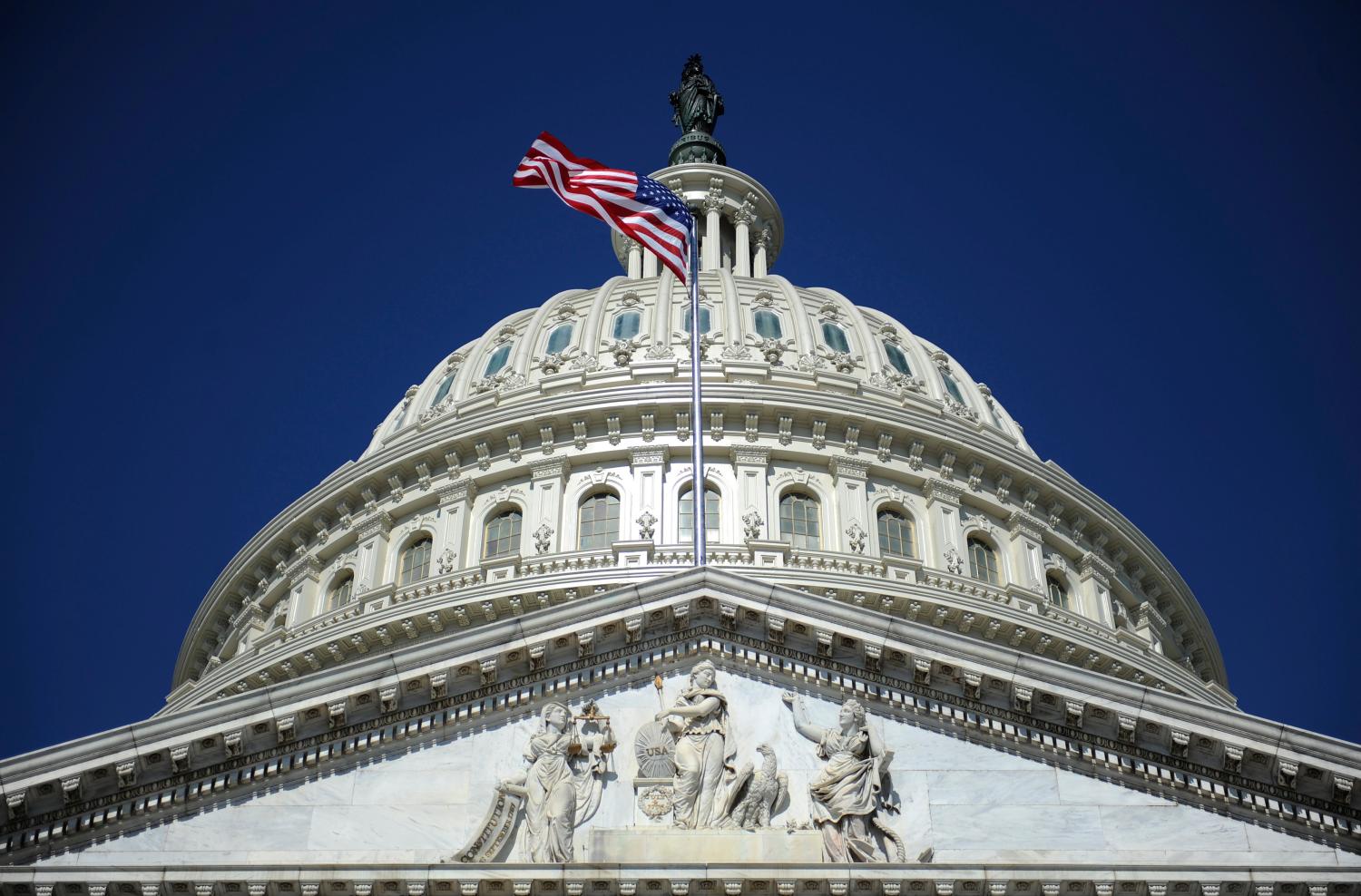Thursday afternoon, CPAC hosted a panel on GOP outreach into minority communities. The panel included Virginia Senate candidate Ed Gillespie and a panel of Republican political strategists: Jason Roe, Elroy Sailor, and Robert Woodson. The panel delivered a remarkably pointed review of GOP voter outreach (largely its failures) and explained, in very straightforward terms, how the party can (and must) do better. However, the most revealing part of the experience was not what happened on stage, but what happened off stage, and reflects the national electoral struggles Republicans are facing.
About ten minutes into the panel, I snapped a photo (shown above) of a largely empty ballroom. The lack of attendance for the panel is a huge loss and missed opportunity for participants. CPAC brings together some of the Republican Party’s most passionate, engaged, and eager members. The people who attend the meetings run campaigns, volunteer for issue-based efforts and candidates’ campaigns. They are leadership in an army of grassroots conservatism. The panel of Gillespie, Roe, Sailor and Woodson was there to address a basic question: how do we grow our ranks in areas where we traditionally underperform?
As a political scientist, I found the advice to be solid. Woodson explained that one problem is that “we don’t have a ground game” particularly in minority neighborhoods. Gillespie explained the key to electoral success was not writing people off and not taking anyone for granted. Sailor eloquently noted a key to Republican success: “We don’t have to abandon our existing friends to make new ones.” The message was simple. Republicans don’t necessarily have to change their values. They have to change how they talk about the issues and whom they talk to.
That takeaway is not a tall order, but something doable, something digestible. And, most notably, there are people in the party who know not simply what needs to be done, but how to do it. The panel’s moderator Jason Roe explained that while working on the campaign for the new Republican mayor of San Diego, they went into minority neighborhoods and opened offices. They talked to non-traditional GOP voters—and they won!
The panel offered their advice to many more empty seats than filled ones. Sure, activists can go back and play the tape and learn from this panel—and they should! However, there exists a lack of interest in failing to attend. That lack of interest is real, and has serious consequences for the party. If failure to go to such a panel reflects the behaviors that Republican grassroots activists will take in campaigns, the party will not grow. Such diversification is essential not simply for the health of the GOP, but for its survival.
Big problem for GOP. Most important #CPAC2014 panel. Topic: minority outreach. View: largely empty room. pic.twitter.com/LQKQ0QwwVc
— John Hudak (@JohnJHudak) March 6, 2014
Yet, for some time, the message didn’t just fall on deaf ears—there were few sets of ears in the room. Suddenly, that changed. In fact, as I tweeted the above photo, I had a response from someone who snapped a picture of a much fuller room. That picture was accurate and so was mine. That picture showed a nearly full ballroom, while my picture showed an empty one. So what was the difference?
The difference was that the diversity panel ran over its time. People began filling in—in droves. Why the change of heart? The diversity panel ran late and into the time slot for NRA executive Wayne LaPierre to address CPAC in the same room. LaPierre went on to give a rousing speech that generated some of the loudest enthusiasm of the day from the crowd. Yet, therein lies the problem. Speaking to gun rights supporters is not the path to Republican success at the national level. Most ardent supporters of the 2nd Amendment find Democrats to be a threat and reliably vote Republican. Wayne LaPierre doesn’t change minds. He doesn’t necessarily grow the party, as people have very polarized views about him and the topic for which he very successfully and eloquently advocates.
The GOP grassroots and activist groups are perfectly right to cheer the words of LaPierre. But they should be cheering the words of Ed Gillespie and Elroy Sailor even louder. The diversity panel is the path to the party being successful and making inroads into traditionally Democratic groups. If the GOP wants to see the Democratic Party struggle to elect a president, they should win 20% of the African American Vote or 50% of the Latino vote. Adding the votes of a few more gun rights supporters won’t make the difference in 2016 and 2020 and beyond.
If the attendance pictured above reflects the party’s future approach to diversity outreach, it is probably safe to say that for some the given future, the White House will be a solid hue of deep blue.
The Brookings Institution is committed to quality, independence, and impact.
We are supported by a diverse array of funders. In line with our values and policies, each Brookings publication represents the sole views of its author(s).





Commentary
Live from CPAC: The Most Important Panel Everyone Missed
March 6, 2014